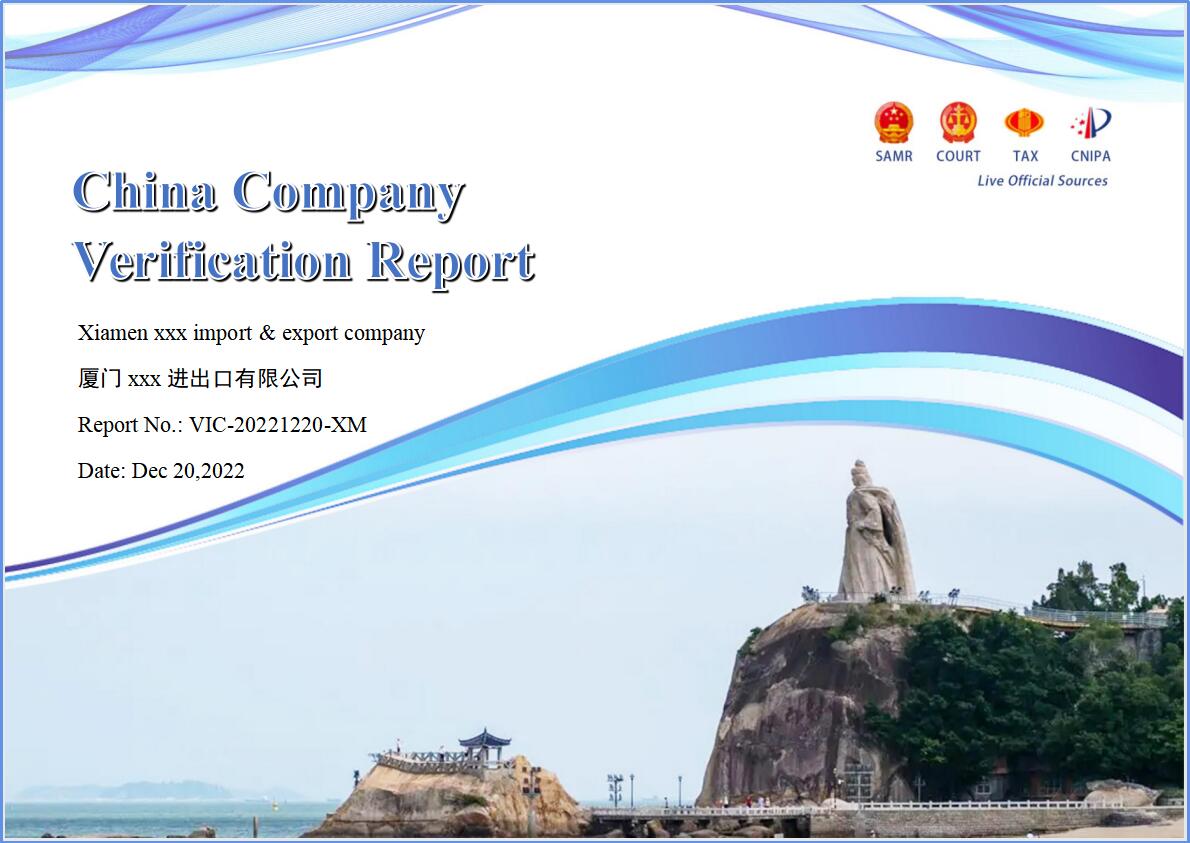Guangzong County, subordinate to Xingtai City, Hebei Province, is located in the east of Xingtai City, bordering Nangong City and Xinhe County in the north, Quzhou County of Handan City in the south, Julu County and Pingxiang County in the west, and Weixian County in the east. The total area is 503 square kilometers. By the end of 2020, it has jurisdiction over 4 towns, 4 townships and 213 administrative villages. As of 00:00 on November 1, 2020, Guangzong County has 280603 permanent residents, accounting for 3.95% of the city's permanent residents.
Guangzong County has a long history. As a place name, it began in April of the second year of the first year of the Western Han Dynasty (AD 2) when Emperor Ping set up the Guangzong State for the "Guanghan Family Temple". As the name of the county, it began in the eighth year of the Eastern Han Dynasty (AD 83) when it was divided into Julu County. The Northern Wei Dynasty was Guangzong Prefecture, the Sui Dynasty was Zongcheng County, the Tang Dynasty was Zongzhou County, and the Song Dynasty was Zongcheng County. Guangzong County was restored in the fifth year of Emperor Xianzong of the Yuan Dynasty (1255). Guangzong County is one of the important birthplaces of Chinese civilization. The ancestor of humanity, the Yellow Emperor, sowed civilization here, and the Shang people entered a patriarchal society.
On September 25, 2018, it won the honorary title of "2018 Comprehensive Demonstration County of E-commerce in Rural Areas" from the Ministry of Commerce. On May 5, 2019, the Hebei Provincial Government issued a notice to officially approve Guangzong County to withdraw from the poverty county sequence.
In 2019, Guangzong County achieved a GDP of 6008.41 million yuan, an added value of 126802 million yuan for the primary industry, 2299.36 million yuan for the secondary industry, 299.66 million yuan for general public budget revenue, and 189.131 million yuan for general public budget expenditure.
Minimize the Risk and Scam
Within 2 Working Day
$ 135 USD
